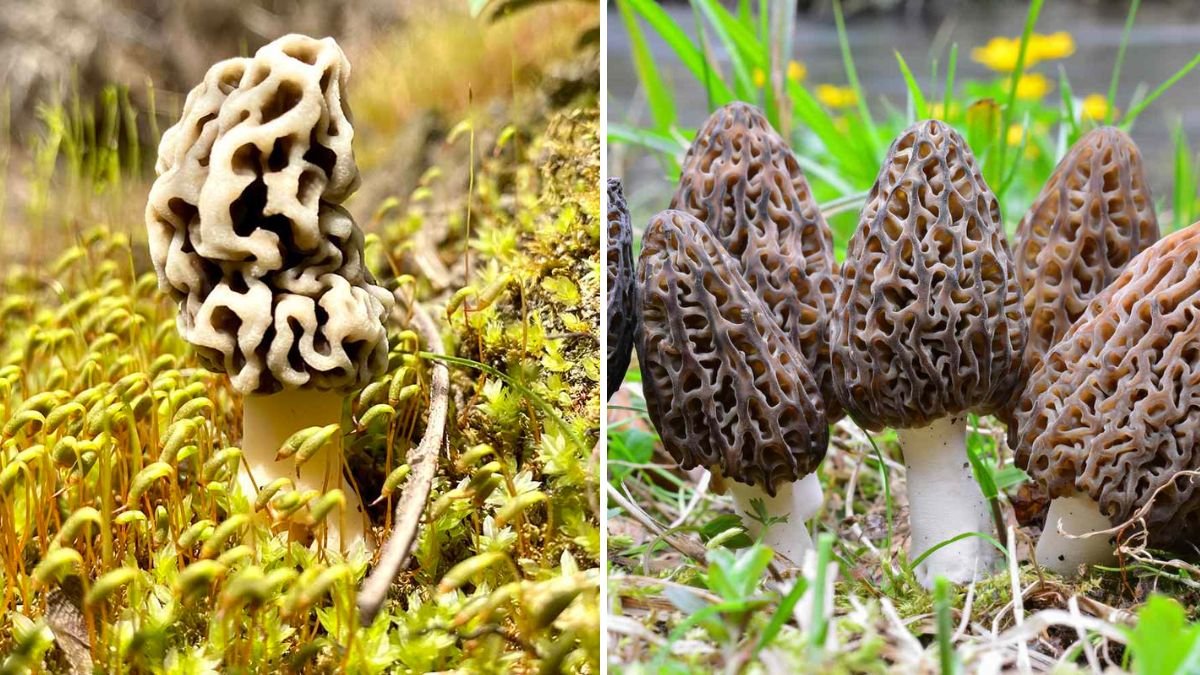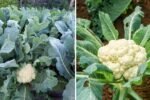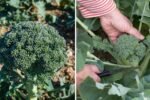Few foods spark as much excitement among chefs, foodies, and foragers as the morel mushroom. With its honeycomb-like texture, rich earthy flavor, and short spring season, the morel is one of America’s most sought-after wild mushrooms.
These prized fungi grow naturally in forests and meadows across the United States, emerging briefly each spring after the first warm rains. Their short growing window and unique taste have made them a culinary delicacy — often fetching prices upwards of $40 per pound in gourmet markets.
Whether you’re a passionate mushroom hunter or a home cook searching for new flavors, the morel mushroom offers a perfect blend of adventure, nutrition, and culinary delight. Let’s explore what makes this wild mushroom a national obsession.
What Are Morel Mushrooms?
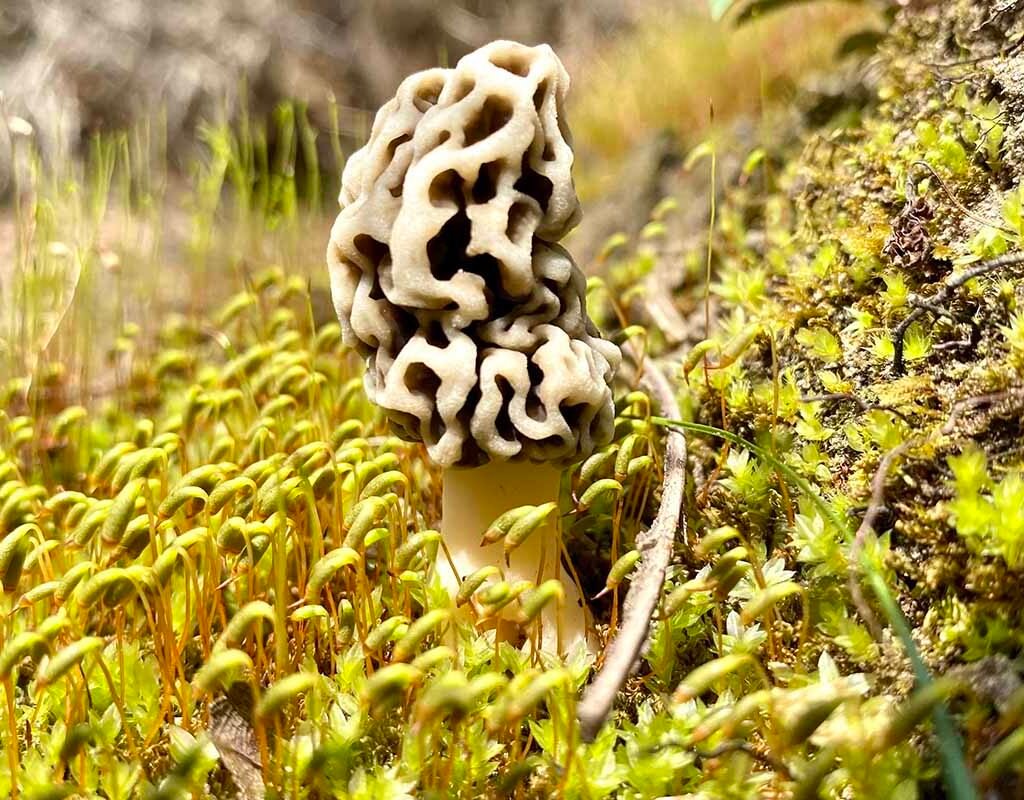
Morel mushrooms (Morchella spp.) are a type of wild, edible fungus found in North America, Europe, and parts of Asia. They are instantly recognizable for their cone-shaped, honeycomb exterior — a latticework of ridges and pits that set them apart from any other mushroom.
Morels come in various shades — from golden tan to dark brown — and can grow up to six inches tall. They’re hollow inside, which helps them cook quickly and absorb flavors beautifully.
In the U.S., morels grow naturally in forested regions — especially around the Midwest, Pacific Northwest, and Appalachian areas. States like Michigan, Oregon, Montana, and Minnesota are famous for their abundant morel harvests.
Because they’re notoriously hard to farm, most morels sold in America are wild-harvested — making them both rare and valuable.
The Culinary Appeal of Morel Mushrooms
Ask any chef in New York, Chicago, or San Francisco, and they’ll tell you: the flavor of morel mushrooms is unmatched. Their rich, nutty, and meaty taste adds an earthy depth that few other ingredients can match.
When cooked, morels deliver an umami punch with subtle smoky and buttery notes, making them a perfect companion to steak, pasta, cream sauces, and even eggs.
Here are a few ways morel mushrooms are used in American kitchens:
1. Sautéed Morels in Butter
A timeless favorite — simply sauté morels in butter, garlic, and shallots until golden. The result? A tender, aromatic side dish perfect for pairing with steak, chicken, or fish.
2. Creamy Morel Mushroom Pasta
Toss cooked morels with heavy cream, white wine, and Parmesan for an indulgent pasta that feels straight out of a fine-dining restaurant.
3. Stuffed Morels
Larger morels can be filled with cheese, breadcrumbs, and herbs, then baked or grilled — a gourmet appetizer that’s always a showstopper.
4. Morel Risotto
Add chopped morels to creamy Arborio rice for a rustic yet luxurious risotto that captures spring’s earthy essence.
5. Morel Sauce
Blend sautéed morels with butter, cream, and chicken stock for a rich, velvety sauce to drizzle over meats, mashed potatoes, or grilled vegetables.
Health Benefits of Morel Mushrooms
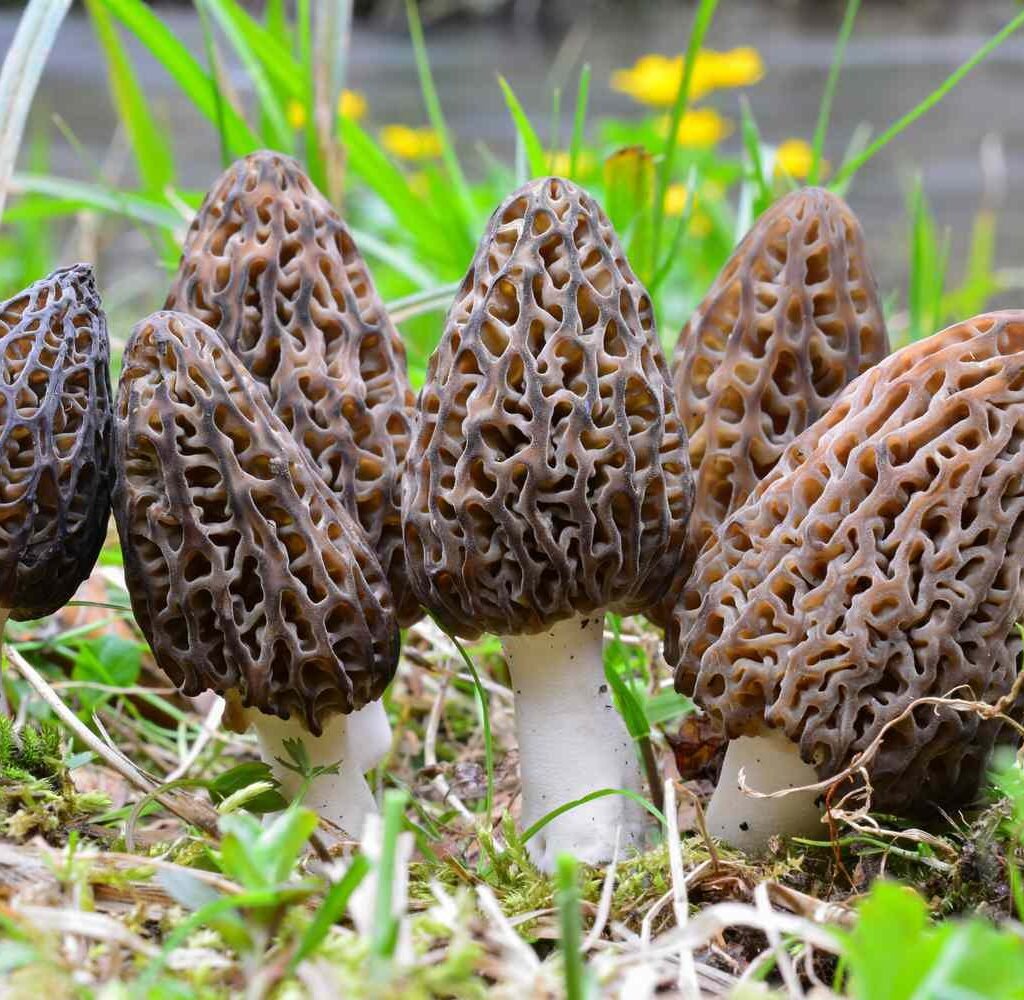
Beyond their culinary appeal, morel mushrooms pack impressive nutritional benefits. As a natural, plant-based food source, they’re rich in essential nutrients that support overall health and wellness.
1. Rich in Vitamins and Minerals
Morel mushrooms are an excellent source of:
- Vitamin D – supports immune and bone health
- Iron – boosts energy and red blood cell production
- Copper and Phosphorus – essential for heart and nerve function
- Zinc – important for immunity and wound healing
They’re also high in antioxidants, which help reduce inflammation and protect the body against oxidative stress.
2. Low in Calories, High in Fiber
A 100-gram serving of morels contains only about 30 calories, yet offers a good amount of dietary fiber — making them ideal for weight-conscious eaters.
3. Supports Immune Health
Thanks to their combination of vitamin D and antioxidants, morels can help strengthen the immune system, especially during seasonal changes.
4. May Aid in Metabolism
Morels are rich in B vitamins like niacin and riboflavin, which help convert food into energy and support healthy brain function.
Foraging for Morel Mushrooms in America
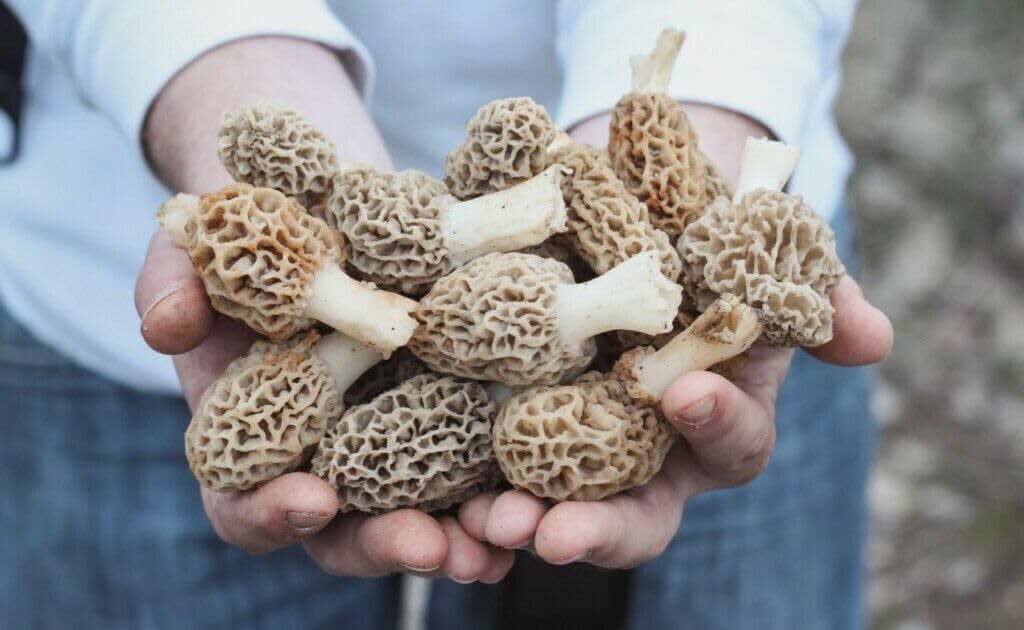
For many Americans, hunting for morel mushrooms is not just a hobby — it’s a springtime ritual. Every year, as temperatures rise, mushroom hunters head to forests in search of this elusive treasure.
When to Hunt
The morel season typically runs from March through May, depending on the region. They tend to appear after the first warm rain and when soil temperatures reach around 50–60°F.
Where to Look
Morels often grow:
- Near deciduous trees like elm, ash, oak, or apple
- Around dead or burned trees (especially after wildfires)
- In moist, shaded areas such as forest edges or creek beds
Pro tip: Many foragers call this phenomenon the “Morel Magic Zone” — where sunlight, moisture, and decaying organic matter meet.
How to Identify Them Safely
Real morels have a distinct honeycomb cap and a hollow interior from tip to base. Be cautious of false morels, which can be toxic. Always cut them open to check — true morels are completely hollow.
If you’re new to foraging, consider joining a local mycology club or guided foraging tour. These groups can help you safely identify and harvest edible mushrooms in your area.
How to Clean and Store Morel Mushrooms
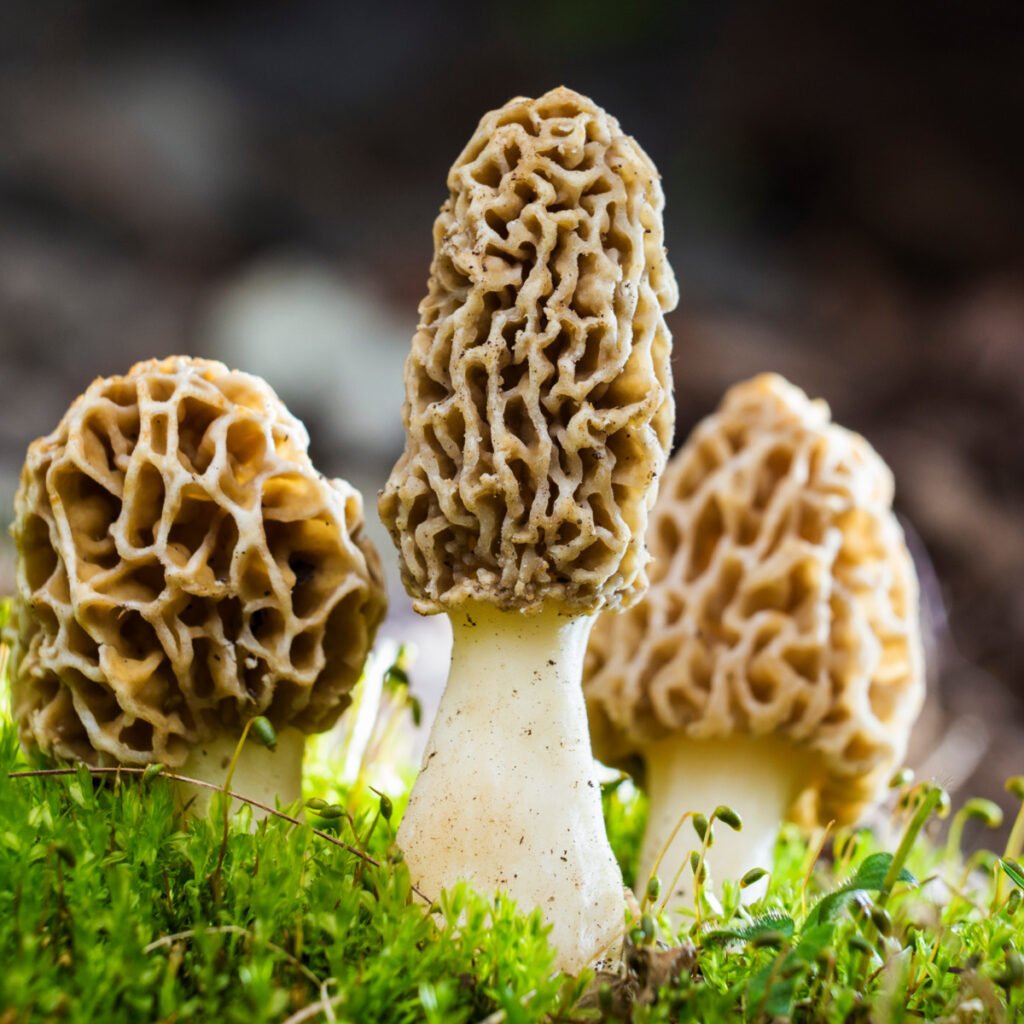
Because morels grow wild, they often come with a bit of dirt or grit inside their ridges. Here’s how to prepare them:
- Rinse gently in cold water to remove debris.
- Soak briefly (no longer than 5 minutes) in salted water to flush out insects.
- Pat dry thoroughly before cooking.
For storage:
- Keep fresh morels in a paper bag in the refrigerator for up to 5 days.
- To preserve longer, dry them using a dehydrator or oven on low heat — they’ll last for months and can be rehydrated in warm water or broth before use.
Where to Buy Morel Mushrooms in the U.S.
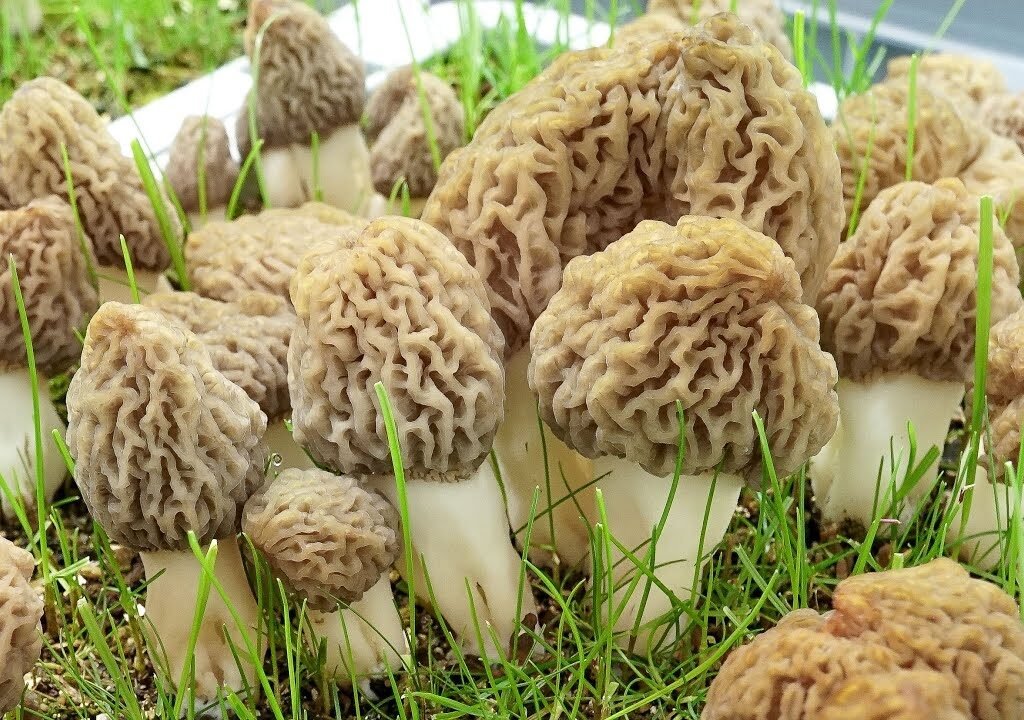
If foraging isn’t your thing, don’t worry — you can still enjoy these delicacies. Morel mushrooms are available at:
- Farmers’ markets during spring (especially in the Midwest and Pacific Northwest)
- Gourmet grocery stores like Whole Foods or Wegmans
- Online retailers such as Earthy Delights, Oregon Mushrooms, and Melissa’s Produce
You’ll find them fresh (in season), frozen, or dried — all excellent for cooking.
Sustainability and the Rarity of Morels
One of the reasons morel mushrooms are so prized is that they’re difficult to cultivate. While some farms have experimented with growing morels indoors, most still come from wild harvesting.
Responsible foraging is crucial — taking only mature mushrooms and leaving smaller ones to propagate helps maintain the population.
Many American foragers also follow the “leave no trace” principle — ensuring the forest remains healthy for future harvests.
Fun Facts About Morel Mushrooms
- They’re a Spring Exclusive: Morels appear for only 4–6 weeks each year, making them one of the shortest-season foods in America.
- They Can’t Be Grown Easily: Despite decades of research, consistent large-scale cultivation remains a challenge.
- They’re a Chef’s Dream: Michelin-starred restaurants use morels in high-end seasonal menus.
- They Have Global Appeal: France, Canada, and the U.S. are the biggest consumers of morel mushrooms worldwide.
- They’re a Symbol of Luck: Foragers often call their first find of the season a “lucky morel.”
Why Americans Are Falling in Love with Morel Mushrooms
From Michigan’s lush forests to Oregon’s woodlands, morel mushrooms have captured America’s culinary imagination. Their rarity makes them feel luxurious, while their earthy taste satisfies both comfort-food cravings and gourmet ambitions.
As Americans embrace local foods and sustainable eating, wild-foraged ingredients like morels are gaining renewed appreciation. They represent the perfect harmony between nature, flavor, and nutrition — all wrapped in one golden-brown mushroom.
Conclusion: A Spring Treasure Worth the Hunt
The morel mushroom is more than a seasonal delicacy — it’s a symbol of the great outdoors, culinary craftsmanship, and the thrill of discovery. Whether you’re sautéing them in butter, folding them into creamy pasta, or hunting for them in the woods, morels offer a taste of nature’s finest artistry.
So, this spring, treat yourself to the wild side of gourmet dining — and experience why America can’t stop dancing to the flavor of morel mushrooms.
